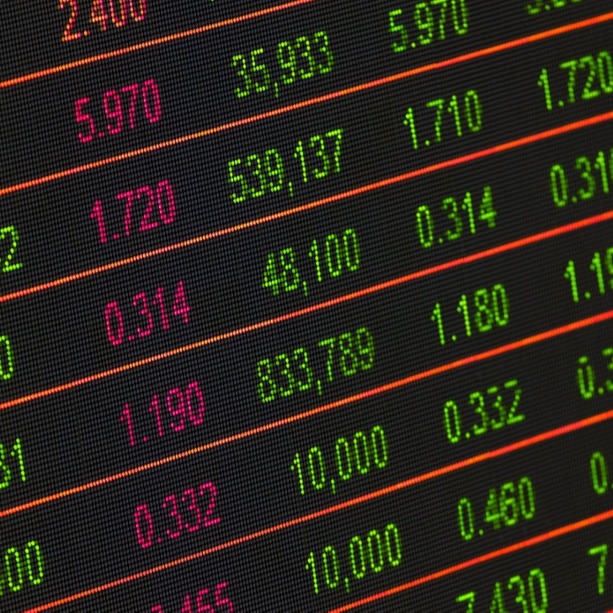The Real-Time Location System (RTLS) market is one of the fastest-growing IoT solution areas. Falling prices for the hardware components used in these systems, as well as a large number of entrants to the market, have created a surge of new solutions.
With regulatory changes and continued pressure to achieve greater efficiency and quality, many enterprises are evaluating whether adding RTLS to their operations is worth the sometimes substantial investment. Markets and Markets forecasts that the compound adjusted growth rate (CAGR) of the RTLS market will exceed 22% over the next five years.
Vertical Markets for RTLS Solutions
Healthcare is often cited as the most advanced vertical for RTLS. The value drivers for hospitals and clinics are easy to understand and often encompass many of the possible use cases for healthcare RTLS, including inventory tracking and management, staff locating and monitoring (including patient tracking), as well as access control and security. Specific RTLS software solutions for healthcare include features that manage workflows and maintenance cycles for medical equipment.
Free Guide from AirFinder
Healthcare RTLS: An In-Depth Review Of Technologies & Considerations
This white paper discusses the pros and cons of each solution available in healthcare.
Manufacturing applications for RTLS are quite varied but generally focus on control of inventory and management of work in progress. Ultra-wideband (UWB) is especially prevalent as a technology solution in manufacturing because of its highly accurate location capabilities.
UWB also lends itself well to performance in wide-open spaces like warehouses and plants. Manufacturing is often cited as one of the fastest growing vertical markets for RTLS. Learn more in this white paper on RTLS in manufacturing.
Supply chain and logistics RTLS focuses on locating inventory in warehouses as well as throughout supply chains. Warehouse and indoor use cases are similar to other RTLS use cases, but mobile supply chain tracking often requires GPS, cellular, or other types of tracking that can communicate outside a tightly controlled IT environment, like a warehouse.
Retail real-time locating system applications generally involve inventory tracking, anti-theft, and customer and employee tracking. Retail advertising via beacons and mobile apps could be considered a sub-segment of the retail RTLS market. Most retail solutions are simple RFID systems that help prevent theft and control inventory. More advanced RTLS technologies for retail are often too expensive for all but the most high-end retailers.
Oil & gas RTLS systems are used to track assets and ensure safety throughout a facility, like a refinery or oil rig, as well as to control and monitor assets over larger areas, like pipelines and oil fields. The harsh industrial environments common in the oil and gas industry often require specialized RTLS tags and infrastructure.
Automotive RTLS is mostly a subset of manufacturing that focuses on tracking parts, equipment, and people involved in vehicle production. It also involves tracking of keys and vehicles in retail settings (e.g., at dealerships) as well as autonomous driving technologies. For example, Volkswagen recently announced a project to track forklifts inside of its automotive assembly plant. RTLS systems could even be used as a component of autonomous cars.
Mining is an especially challenging use case for RTLS due to the difficulty of installing infrastructure in underground mines. Since radio waves do not penetrate solid earth, wired readers are often required. Personnel tracking and safety is the primary application for mining RTLS, and mining customers usually seek additional environmental monitoring capabilities when evaluating solutions.
Government and defense applications are most commonly similar to supply chain and logistics, where organizations are seeking to control and track large inventories of everything from IT equipment to arms. The stringent IT security requirements needed for defense customers often means that their systems need to run completely disconnected from the cloud and pass expensive testing and verification.
Education RTLS involves student and staff tracking, as well as asset monitoring. Student and staff tracking is often attempted via Bluetooth beaconing from apps installed on phones. Privacy concerns are the biggest challenge in the education market. Asset tracking in education generally concerns IT equipment or other high-value lab equipment.
Education asset tracking lends itself well to lower cost solutions like those that rely on Bluetooth since most campuses may not be able to afford a large-area RTLS implementation.
Wrap-up
With so many applications across so many industries, it’s easy to see why the RTLS market is growing so quickly. Fortunately, there are many options available to suit all kinds of needs.
If you still have questions or don’t see your industry above, feel free to get in touch with us today to learn how RTLS can meet your needs.



